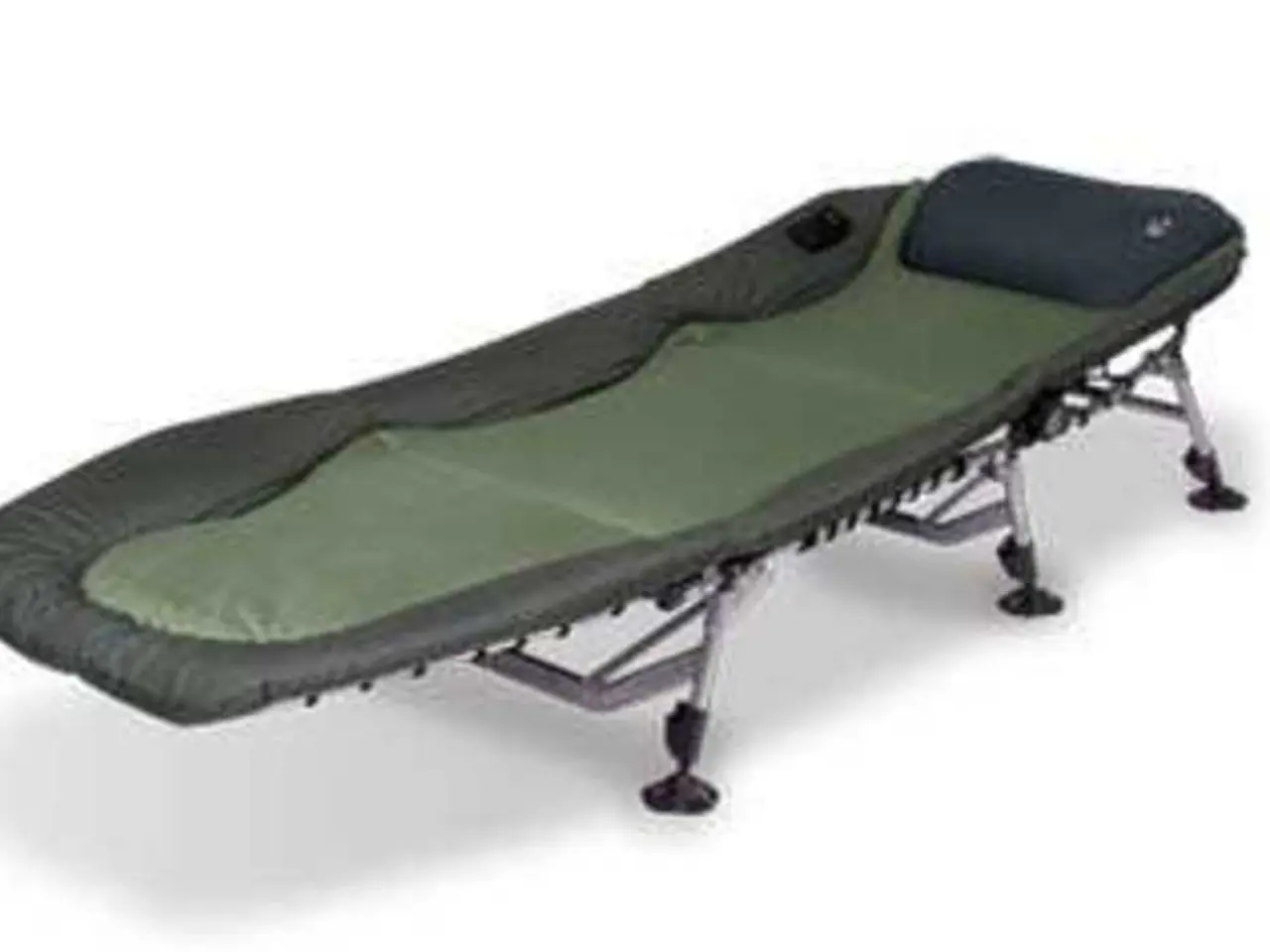Nerve-related Condition Alleviation: Stretches for Pain Relief and Improved Movement (Regarding Meralgia Paresthetica)
Meralgia paresthetica, a condition caused by compression of the lateral femoral cutaneous (LFC) nerve, can cause symptoms such as tingling, numbness, or a burning sensation in the skin of the outer thigh. Fortunately, there are several exercises that can help manage this condition.
Key exercises for relieving meralgia paresthetica symptoms focus on relieving pressure on the LFC nerve and improving hip and thigh mobility.
**Hip flexor isometric exercises** are a simple yet effective way to strengthen hip muscles without straining the affected area. To perform this exercise, lie on your back, straighten the unaffected leg, then gently push with the thigh of the affected side without moving it, holding for 30 to 45 seconds.
**Core strengthening with planks** can also help support the hip and pelvic area, reducing nerve irritation. Incorporating front planks into your routine can provide additional benefits.
**Knee-to-torso warm-up movements** are another useful exercise. Bringing the knee toward your torso gently mobilizes the hip joint, helping to reduce nerve compression.
General stretches and movements targeting the hip and thigh area are also recommended. These include gentle stretches to improve flexibility and reduce nerve compression, often recommended alongside rest and activity modification.
Exercises such as brisk walking, low impact aerobics, swimming, water aerobics, and cycling outdoors or on a stationary bike can also be beneficial. The clamshell exercise and the standing iliopsoas muscle stretch may also help relieve pressure on a compressed LFC nerve.
Yoga poses like the Cobra Pose and Cat-Cow Pose can stretch the abdominal muscles and lower back, potentially easing meralgia paresthetica symptoms.
However, it's important to take care not to overstrain the nerves and muscles while exercising. If you feel pain, stop immediately and consult a healthcare provider. In rare cases, surgery may be necessary to release the trapped nerve.
Addressing the underlying cause can often relieve meralgia paresthetica. Causes include tight clothing, obesity, pregnancy, diabetes, or nerve injury from trauma or surgery.
Starting gently and progressing as tolerated is important. Combining these exercises with rest, avoiding tight clothing or belts, and appropriate physical therapy guidance enhances their effectiveness. If symptoms persist or worsen, consultation with a healthcare provider is advised for tailored rehabilitation.
- Incorporating hip flexor isometric exercises into your routine may help alleviate meralgia paresthetica symptoms by strengthening the muscles without straining the affected area.
- Core strengthening with planks can provide additional support to the hip and pelvic area, potentially reducing nerve irritation and easing symptoms.
- Knee-to-torso warm-up movements are useful exercises that gently mobilize the hip joint, helping to decrease nerve compression and alleviate symptoms.
- General stretches and movements aimed at the hip and thigh area are recommended to improve flexibility, reduce nerve compression, and aid in symptom relief.
- Exercises such as brisk walking, low impact aerobics, swimming, water aerobics, cycling, and the clamshell exercise can offer relief by reducing pressure on the compressed lateral femoral cutaneous nerve.
- Yoga poses like the Cobra Pose and Cat-Cow Pose may alleviate symptoms by stretching the abdominal muscles and lower back, thus potentially easing meralgia paresthetica.
- Chronic conditions like diabetes, obesity, and nerve injuries from trauma or surgery may be underlying factors contributing to meralgia paresthetica, making it crucial to maintain a healthy lifestyle focused on diet, weight management, and mental health for overall wellness and management of chronic diseases.




